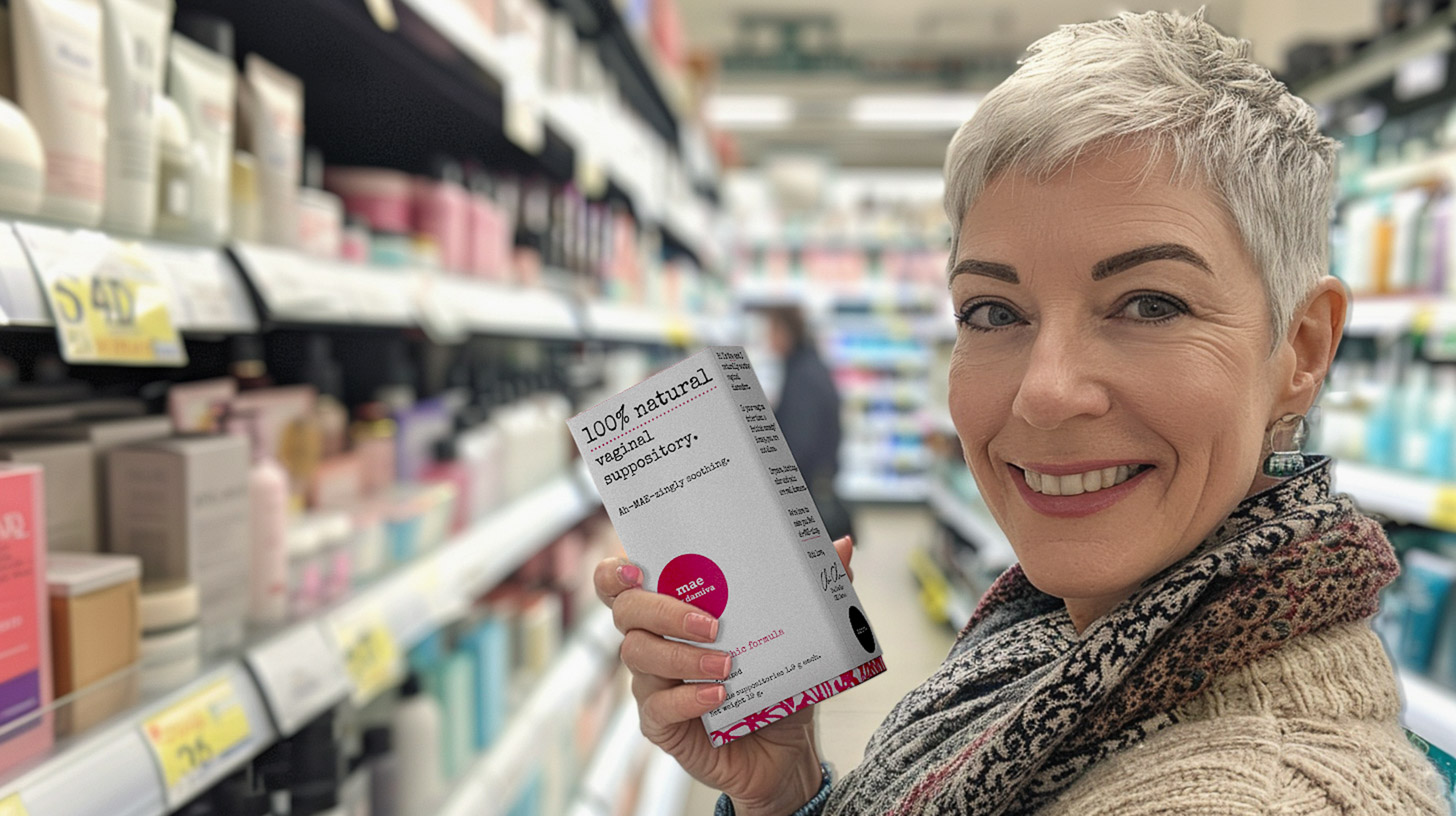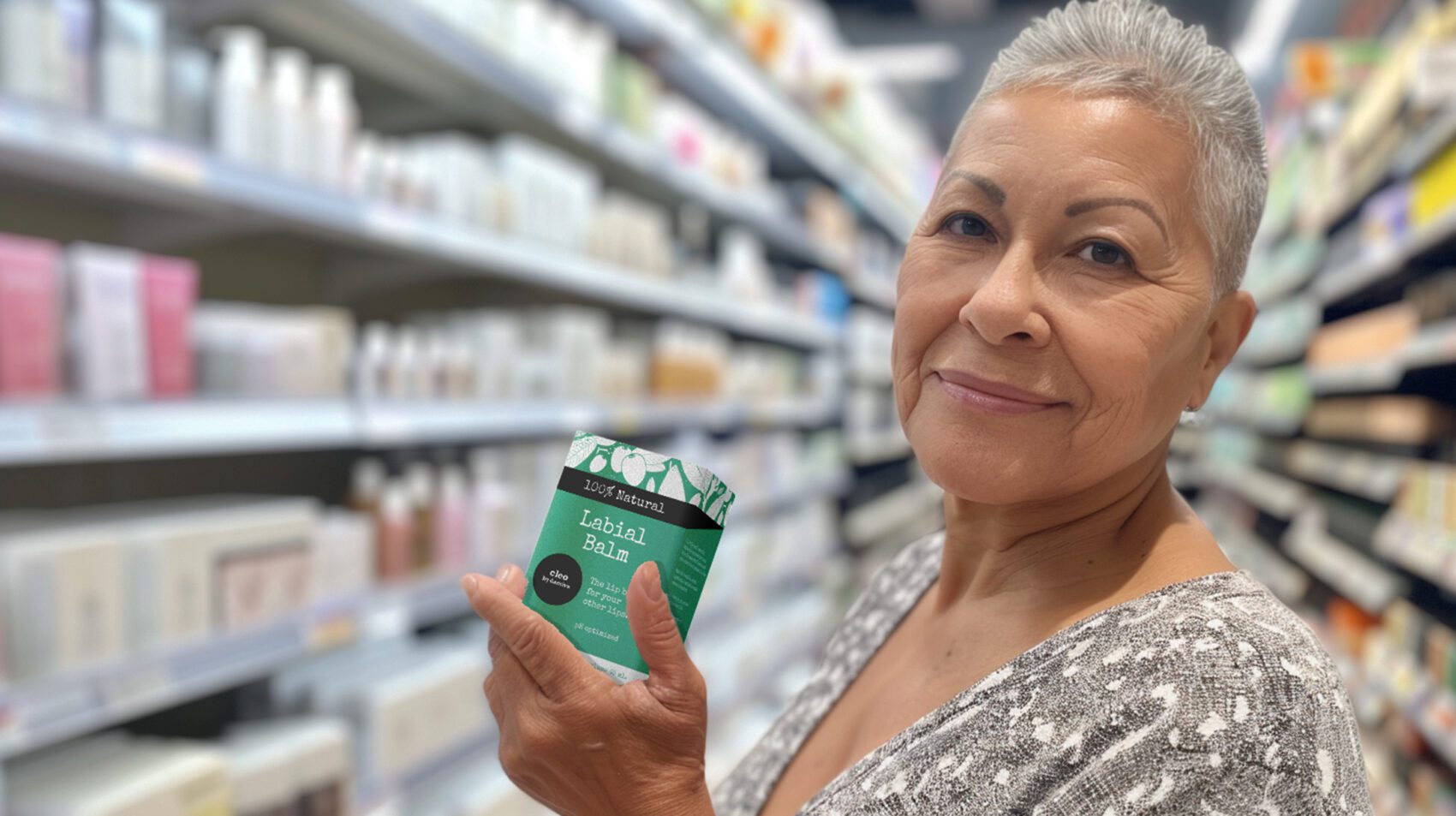Introduction to Bacterial Vaginosis
Definition and Overview
Bacterial vaginosis (BV) is a condition characterized by an imbalance in the vaginal microbiota, where the normally dominant Lactobacillus species are outnumbered by other types of bacteria, such as Gardnerella. This shift in the ecosystem can lead to symptoms like increased vaginal discharge with a distinct odor, often described as fish-like. BV is not a traditional infection but rather a dysbiosis, or a disruption of the natural flora of the vagina. It is important to distinguish BV from sexually transmitted infections (STIs), as it is caused by an overgrowth of bacteria that are typically present in the vagina.
Significance and Prevalence
Bacterial vaginosis is the most common vaginal condition affecting women of reproductive age. Its prevalence varies widely, with estimates ranging from 5% to 70% among different populations. The condition is particularly prevalent in parts of Africa and less common in Asia and Europe. In the United States, about 30% of women are estimated to have BV, with higher rates observed in non-white populations. The condition is associated with several adverse outcomes, including an increased risk of acquiring STIs, complications during pregnancy, and potentially early delivery.
Misconceptions and Clarifications
There are several misconceptions about BV that need clarification. Firstly, BV is not considered an STI, as it results from an imbalance of bacteria that are normally present in the vagina. However, sexual activity can influence the vaginal microbiome and may contribute to the development of BV. Secondly, BV can occur in women who have never had sexual intercourse, indicating that sexual transmission is not the sole route of onset. Lastly, while BV is associated with an increased risk of acquiring STIs, it does not directly cause them. Understanding these nuances is crucial for proper diagnosis, treatment, and management of BV.
Understanding the Vaginal Microbiome
Composition of a Healthy Vaginal Ecosystem
The vaginal microbiome is a dynamic and complex ecosystem that plays a crucial role in maintaining vaginal health. A healthy vaginal microbiome is predominantly composed of Lactobacillus species, which are known for their ability to produce lactic acid and maintain a low pH environment. This acidic environment is essential for inhibiting the growth of pathogenic organisms. Other bacterial genera that may be present in smaller quantities include Atopobium, Megasphaera, and Prevotella. The balance of these microorganisms is influenced by factors such as hormonal changes, sexual activity, and hygiene practices. Lactobacillus feed on carbohydrates like sucrose, which is why vaginal topicals that contain sucrose may be beneficial for the Lactobacillus and the pH environment that they create.
Role of Lactobacilli in Vaginal Health
Lactobacilli are the cornerstone of a healthy vaginal microbiome. They exert their protective effects through several mechanisms: the production of lactic acid, which maintains a low vaginal pH; the secretion of bacteriocins, which are antimicrobial peptides that inhibit the growth of pathogens; and the competitive exclusion of harmful bacteria by occupying adhesion sites on the vaginal epithelium. The presence of Lactobacillus crispatus is particularly associated with vaginal health, while a decrease in lactobacilli can predispose to conditions such as bacterial vaginosis (BV).
Impact of pH on Vaginal Flora
The pH of the vagina is a critical factor in determining the composition of the vaginal microbiome. A normal vaginal pH is typically between 3.5 and 4.5, which is conducive to the growth of Lactobacillus species. When the pH rises above this range, it can lead to an overgrowth of anaerobic bacteria and the development of BV. Factors that can alter vaginal pH include menstruation, semen, douching, and the use of certain hygiene products. Maintaining an optimal pH is therefore essential for preserving the balance of the vaginal microbiome and preventing infections.

⭐️⭐️⭐️⭐️⭐️ “My biggest symptoms are GSM, and because of Mae, they are mostly addressed. I have lived Mae for almost 7 years, and I endorse it all the time.” Margaret C., Damiva Mae Customer
⭐️⭐️⭐️⭐️⭐️ “I’m in my 60’s and post menopause. My doctor recommended I try Damiva MAE, after taking me off hormones (due to developing cysts). I LOVE it. All natural, no hormones, Great vaginal moisturizer. Easy to insert and pleasant smell. So Thankful for MAE.” Paula, Damiva Mae Customer
Risk Factors and Causes of BV
Social and Lifestyle Factors
The development of Bacterial Vaginosis (BV) is closely linked to various social and lifestyle factors. Practices such as frequent douching and the use of over-the-counter intravaginal hygiene products can disrupt the natural vaginal flora, leading to BV. Additionally, smoking has been identified as a significant risk factor. High levels of stress and certain bathing habits may also contribute to the condition. It is important to note that while these factors can increase the risk, they do not directly cause BV.
Interesting Read: How your choice of swimwear can impact your intimate health


Medical and Biological Factors
Medical and biological factors play a crucial role in the onset of BV. A key element is the reduction in hydrogen peroxide-producing lactobacilli in the vagina, which paves the way for an overgrowth of anaerobic bacteria. The presence of Gardnerella vaginalis and its ability to create a biofilm that supports the proliferation of other bacteria is also significant. Furthermore, the use of certain antibiotics can disrupt the vaginal microbiome, potentially leading to BV. Women with a history of sexually transmitted infections (STIs) or those who have undergone hysterectomy may also be at increased risk.
Sexual Behavior and Practices
Sexual behavior is a well-documented factor in the development of BV. Engaging in unprotected sexual intercourse, having a new sexual partner, or having multiple sexual partners can increase the risk of BV. This is due to the potential introduction and transfer of bacteria that can disrupt the vaginal ecosystem. Interestingly, Gardnerella vaginalis has been found in the vaginal tracts of many asymptomatic women, suggesting that its role in BV may be related to changes in the vaginal environment rather than its mere presence. Additionally, women who have female sexual partners are at a higher risk, with a reported 60% increase in BV occurrence, potentially due to the sharing of bacteria through direct contact or shared sex toys.
In conclusion, while the exact cause of BV is multifactorial and complex, understanding the interplay between social, medical, and sexual factors is crucial for prevention and management. It is essential for individuals to be aware of these risk factors and engage in practices that promote a healthy vaginal microbiome.
Symptoms and Diagnosis
Common and Less Common Symptoms
Bacterial vaginosis (BV) is a condition that can often be silent, with up to 84% of those affected experiencing no symptoms. However, when symptoms do present, they can include:
- Off-white, gray, or greenish-colored vaginal discharge
- Fishy-smelling vaginal discharge, particularly after sexual intercourse
- Vaginal itching or irritation
- A burning sensation during urination
It is important to note that these symptoms can be similar to those of other infections, such as yeast infections, which typically do not produce a fishy odor but may cause a thick, white discharge and significant itching. Therefore, accurate diagnosis is crucial.
Diagnostic Criteria: Amsel and Others
To diagnose BV, healthcare providers may use a combination of clinical findings and laboratory tests. The Amsel criteria are commonly employed and include:
- Homogeneous vaginal discharge that is thin, grayish-white, and adheres to the vaginal walls
- Vaginal pH greater than 4.5, indicating an alkaline environment
- The presence of a fishy odor when potassium hydroxide (KOH) is added to vaginal fluid, known as the Whiff test
- Clue cells on microscopic examination of vaginal fluid
Another method is the Gram stain test, which can reveal an abundance of gram-variable and gram-negative bacteria and a decrease in gram-positive lactobacilli, indicative of BV.
Self-Testing: Vaginal pH and Its Limitations
Self-testing for BV can involve the use of over-the-counter vaginal pH tests. While a pH level above 4.5 can suggest BV, these tests have limitations and are not definitive. Factors such as recent sexual activity, the menstrual cycle, and douching can affect the accuracy of these tests. Moreover, a high vaginal pH can also be associated with other conditions, such as trichomoniasis or atrophic vaginitis, especially in postmenopausal individuals.
Given these limitations, it is recommended that individuals with symptoms or concerns seek professional medical advice for accurate diagnosis and appropriate treatment. While home testing kits can provide some indication, they should not replace a thorough evaluation by a healthcare provider, who can also test for other infections with similar symptoms and provide the most effective treatment options.

⭐️⭐️⭐️⭐️⭐️
“I needed a product like this for medical reasons. Thanks to this product I was able to do my physical therapy. The formula is very comfortable. It provides the right amount of lubrication. I will continue to use. I’m very happy to have found this because nothing else was working.”
Beatriz E, Cleo Customer

Recommended by Health Care Professionals.
Loved by thousands of women who got their life back.
Treatment Options for BV
First-Line Treatments According to CDC Guidelines
The Centers for Disease Control and Prevention (CDC) recommends antibiotics as the first-line treatment for bacterial vaginosis (BV). The two most commonly prescribed antibiotics are metronidazole and clindamycin. Metronidazole can be taken orally or applied intravaginally in gel form, while clindamycin is usually administered as a vaginal cream. These treatments are effective for short-term resolution of infection, but recurrence within 6 to 12 months is common, affecting 50% to 80% of women. The choice between oral and topical therapy is based on patient preference, potential side effects, cost, and the risk of adverse reactions.
Second-Line Treatments and Alternatives
For cases where first-line antibiotics are not effective or not suitable, second-line treatments and alternative therapies may be considered. These include boric acid, a vaginal suppository that can help maintain vaginal pH and disrupt biofilms associated with BV. Another option is probiotics, particularly those containing Lactobacillus species, which may help restore the normal vaginal flora. However, the evidence supporting the use of probiotics is mixed, and they are not recommended as a standalone treatment. Other alternative treatments under investigation include vaginal microbiome transplantation (VMT) and pH modulators, but more research is needed to establish their efficacy and safety.
Special Considerations: Pregnancy and Breastfeeding
During pregnancy, the treatment of BV is important due to the associated risks of preterm birth and other complications. Pregnant and breastfeeding women should always consult their healthcare provider before starting any treatment for BV.
Managing Recurrent BV
Challenges and Recurrence Rates
Recurrent bacterial vaginosis (BV) presents significant challenges for both patients and clinicians. Despite initial treatment success, recurrence rates within 12 months can be as high as 58%, with some studies indicating even higher rates. The persistence of a polymicrobial biofilm on the vaginal mucosa and potential antimicrobial resistance contribute to these high recurrence rates, complicating treatment and management strategies.
Preventative Strategies and Long-Term Management
Preventing recurrent BV involves addressing modifiable risk factors and implementing long-term management strategies. Consistent condom use, cessation of douching, and consideration of contraceptive methods are recommended. For women with recurrent BV, a maintenance therapy approach using suppressive antimicrobial regimens, such as twice-weekly metronidazole gel, may be beneficial. However, the optimal duration and choice of maintenance therapy are not well-established, and patient adherence can be challenging.
Role of Probiotics and pH Modifiers
The use of probiotics and pH modifiers has gained attention as a potential adjunctive treatment for recurrent BV. Probiotics aim to restore the vaginal microbiota, particularly lactobacilli species, which play a crucial role in maintaining vaginal health. pH modifiers, such as boric acid, can help maintain an acidic vaginal environment that is inhospitable to BV-associated bacteria. While some studies suggest benefits, the evidence is not conclusive, and further research is needed to establish the efficacy and safety of these interventions.
Conclusion: Managing recurrent BV requires a multifaceted approach that includes both antimicrobial therapy and lifestyle modifications. The use of probiotics and pH modifiers shows promise but requires further investigation. Clinicians should tailor management strategies to individual patient needs, considering the challenges of recurrence and the impact on quality of life.

Popular Read
FAQs and Common Concerns
Addressing Common Questions
Bacterial vaginosis (BV) is a topic that often brings up many questions due to its prevalence and the misconceptions surrounding it. Here are some answers to frequently asked questions:
- Can BV go away on its own? While BV can sometimes resolve without treatment, it’s advisable to seek medical advice if symptoms are present.
- Is BV a sexually transmitted infection (STI)? BV is not classified as an STI, although it is associated with sexual activity. It can occur in women who have never been sexually active.
- Can men get BV? BV is a condition that affects the vagina and is not found in men. However, male partners of women with BV may carry bacteria that can cause the condition.
- Should I avoid sex if I have BV? While BV is not an STI, sexual activity can affect the vaginal environment. Using condoms and reducing the number of sexual partners may help prevent BV.
- Can BV affect pregnancy? BV can increase the risk of complications during pregnancy, such as preterm birth. Pregnant women with symptoms of BV should seek medical care.
Impact of Condom Use and Semen on BV
The use of condoms has been shown to reduce the risk of developing BV, as they can prevent the introduction of new bacteria into the vaginal environment. On the other hand, semen can affect the pH balance of the vagina, potentially contributing to the development of BV. Women who are prone to recurrent BV may benefit from consistent condom use during sexual activity.
Expert Advice and Community Discussion
Healthcare professionals emphasize the importance of accurate diagnosis and appropriate treatment for BV. They recommend avoiding practices such as douching, which can disrupt the vaginal microbiome. For those experiencing recurrent BV, long-term management strategies may include the use of probiotics, pH modifiers, or prescribed maintenance therapy.
Community discussions often focus on personal experiences with BV, sharing tips on managing symptoms and preventing recurrence. These discussions can provide support and insights but should not replace professional medical advice. It’s crucial to consult with a healthcare provider for personalized treatment and management plans.
Note: This information is not a substitute for professional medical advice. Always consult with a healthcare provider for diagnosis and treatment options.












